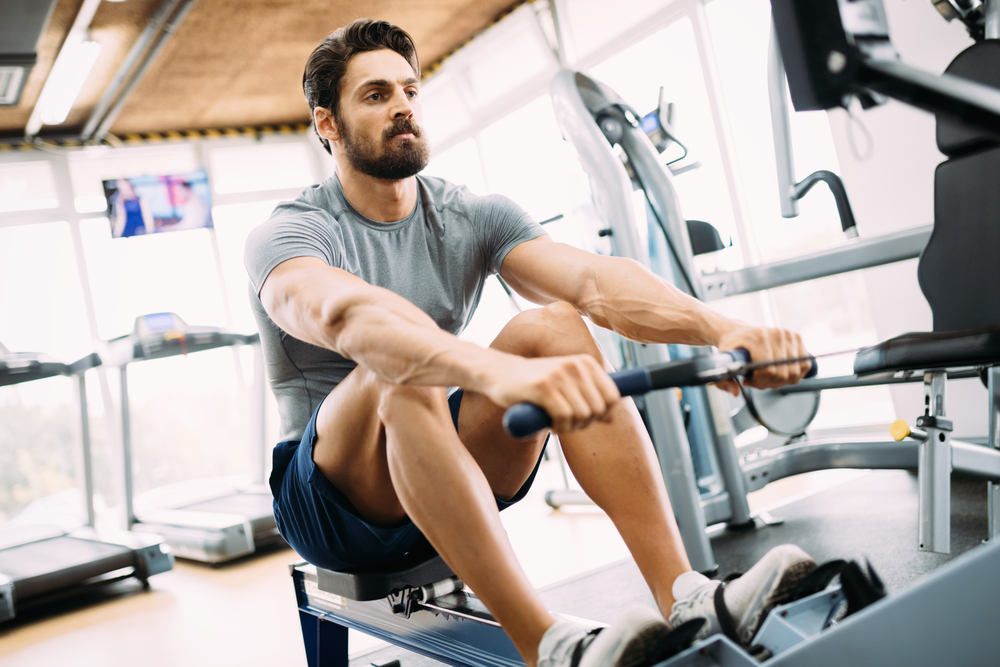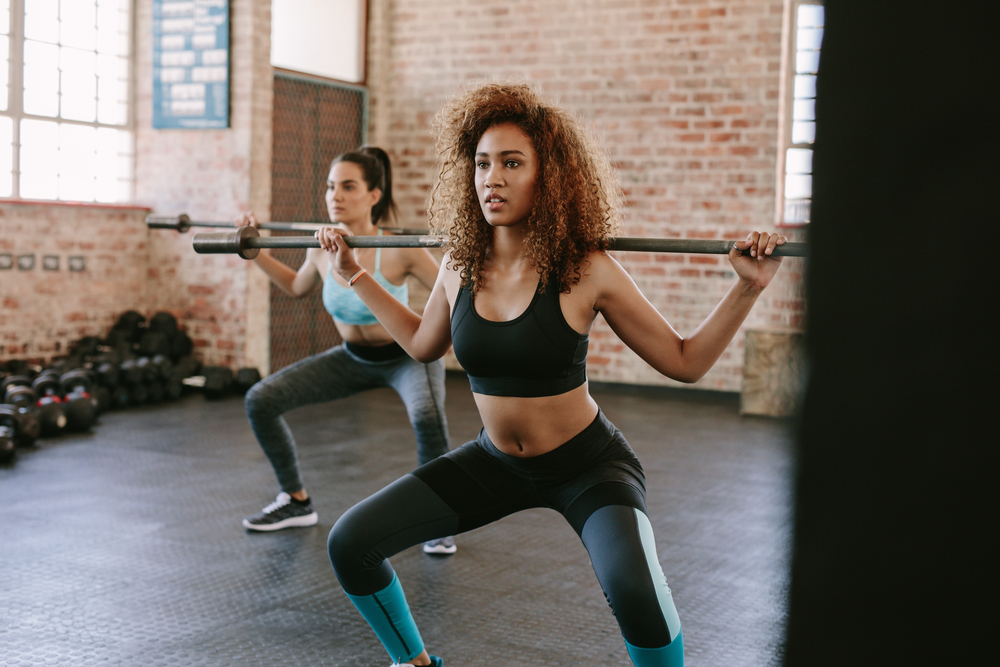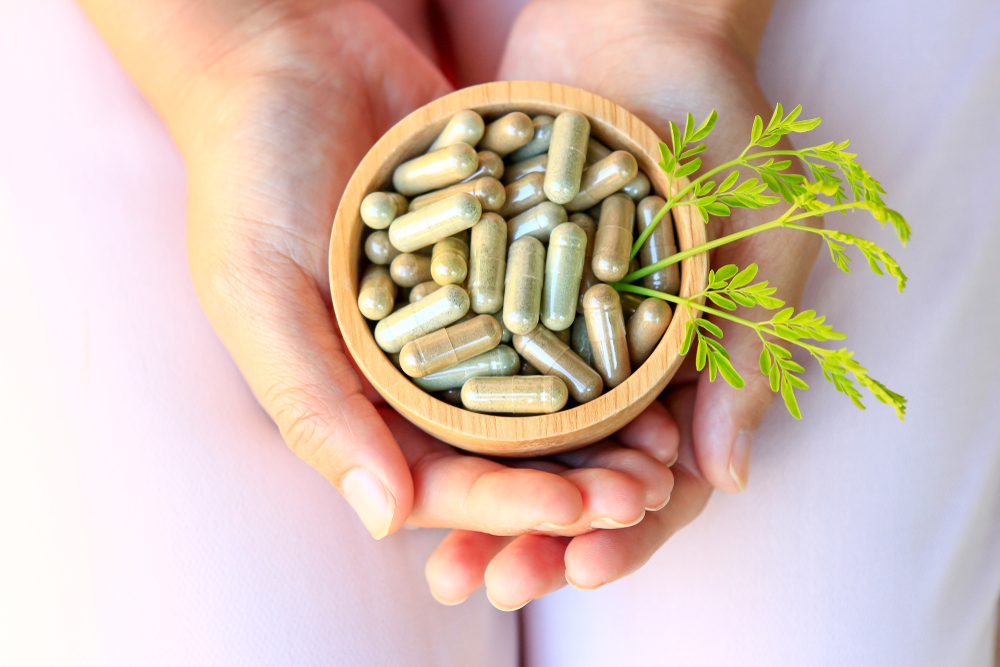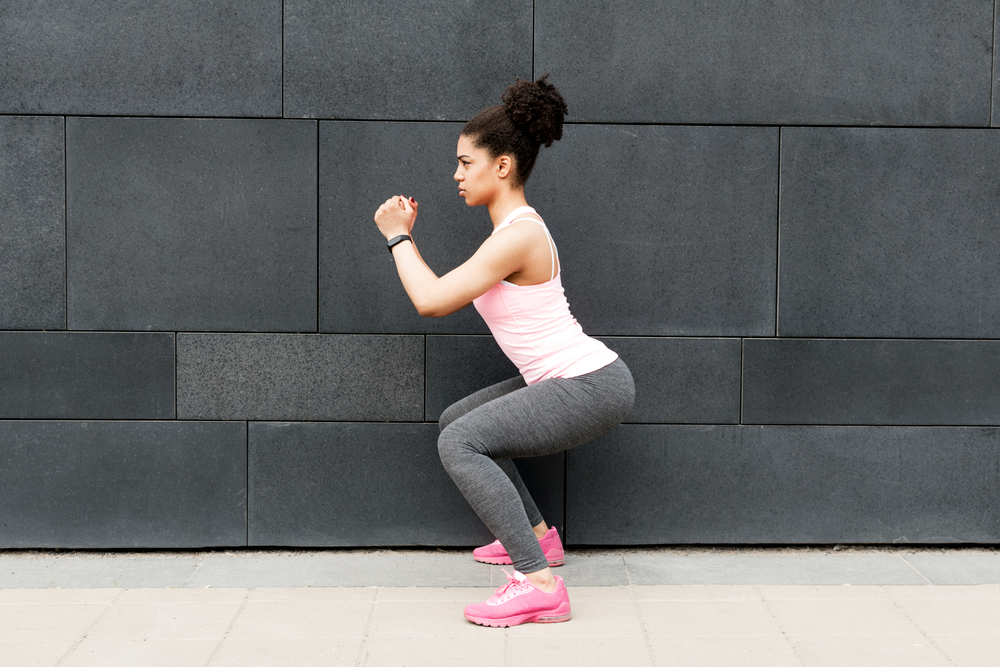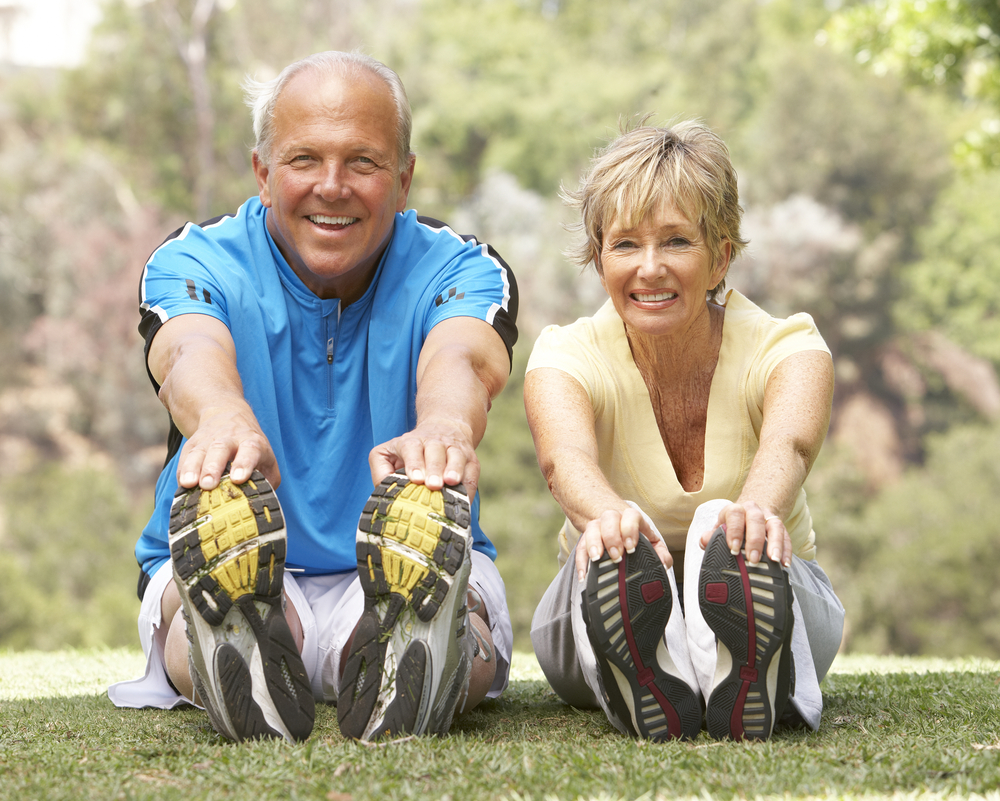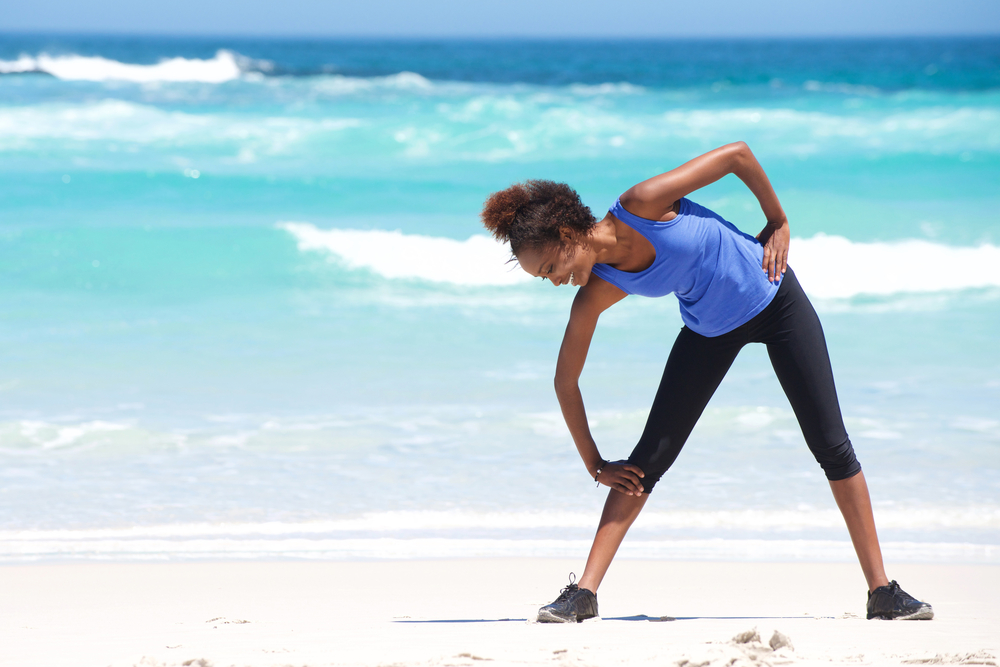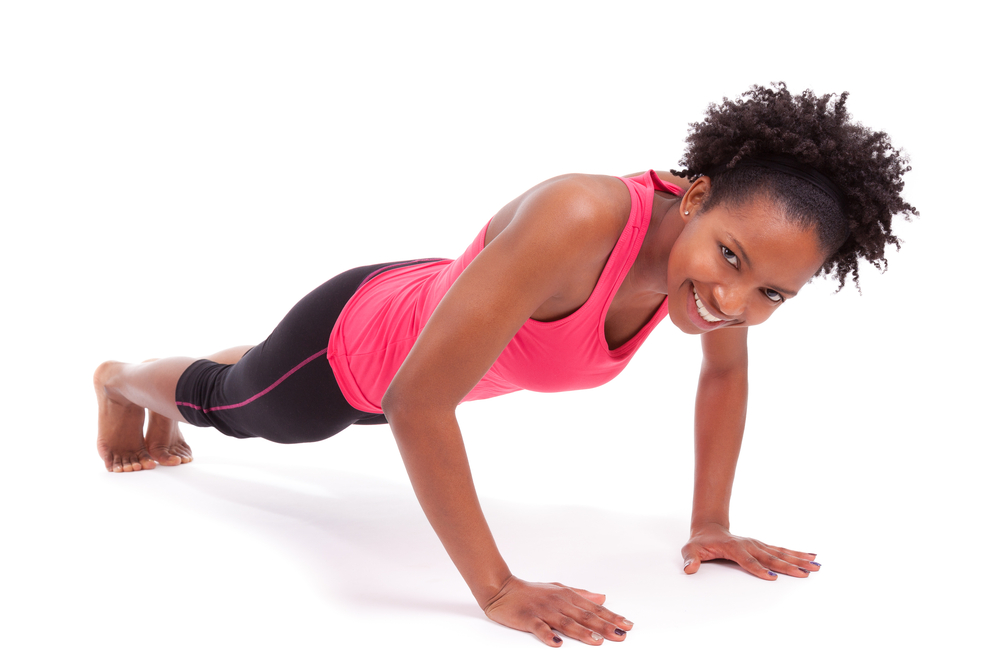Strength-Building Exercises Decrease Risk for All Causes of Disease
Check Out These Simple Strength Exercises Anyone Can Do! From birth to approximately 30, your muscles are growing in strength and size with little effort from you. However, once you're in your 30s you begin to experience sarcopenia, the natural loss of muscle mass and function.1 With inactivity you can lose as much as 5 percent of your muscle mass each decade after 30. This loss may speed up as you reach 65. Only 23 percent of people over the age of 45 report meeting strength training recommendations.2 However, strength exercises are the most important type of exercise you need to stay strong and healthy as you age. Gaining and maintaining muscle strength is just one of the benefits. This form of exercise may help prevent osteoporosis, improve your balance and control, prevent injuries and improve your ability to perform day-to-day movements. Strength exercises are an integral part of a well-rounded exercise program and are important for every age group, from children to seniors. Unfortunately, many ignore this aspect of exercise as they may believe a gym is required, or that strength training will create bulk. Intensity, not higher weights, can achieve beneficial changes on a molecular, chemical and hormonal level in your body that may help slow or prevent many of the diseases triggered by a sedentary lifestyle. In fact, research has confirmed that exercise is one of the best preventive strategies you may use3 against many common diseases, such as heart disease, diabetes and cancer.4 Recent research now demonstrates that strength training is vital to your longevity and could add years to your life.5 Strength Exercises May Reduce Risk of All-Cause Mortality In one of the largest studies to compare mortality outcomes using different types of exercise, researchers discovered those who incorporated strength training in their routine experienced a 23 percent reduction in premature death from any cause and a 31 percent reduction in cancer-related death.6 Researchers from the University of Sydney studied over 80,000 adults and found that promoting muscular strength may be as important as aerobic activities. Some find strength-based exercises more intimidating or less attractive as they seem more demanding or boring. Aerobic exercise has also been the focus of many studies, demonstrating they improve executive functioning7 and cardiovascular fitness,8 improving your endurance and stamina throughout the day. However, this featured study suggests strength exercises may reduce the risk of all-cause and cancer-related deaths.9 The World Health Organization's (WHO) Physical Activity Guidelines for adults 18 to 64 recommends 150 minutes of aerobic activity with at least two days of strength-based exercises each week.10 Lead author Emmanuel Stamatakis, Ph.D., believes public health authorities have neglected to stress the importance of strength exercises and misrepresented how active Australian citizens were as a nation.11 Stamatakis cites the Australian National Nutrition and Physical Activity Survey as an example of the increased risk of disease from lack of activity Australians suffer.12 The report finds 53 percent of Australians are inactive. However, when strength-based exercise [...]


